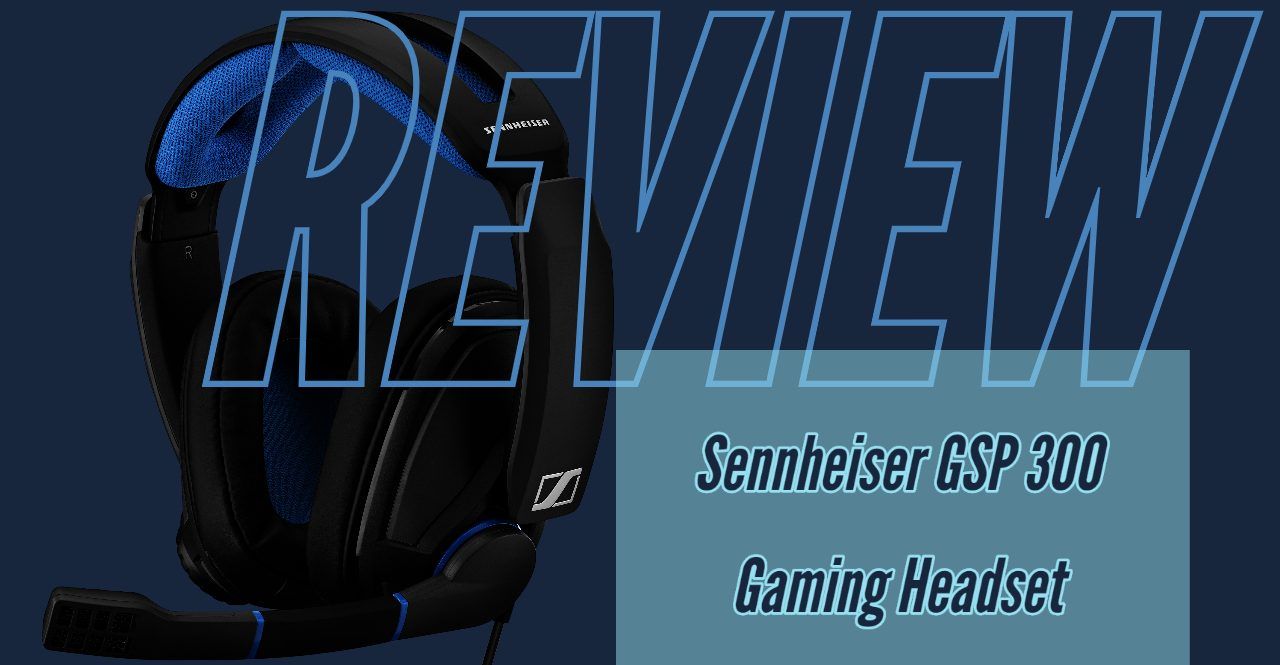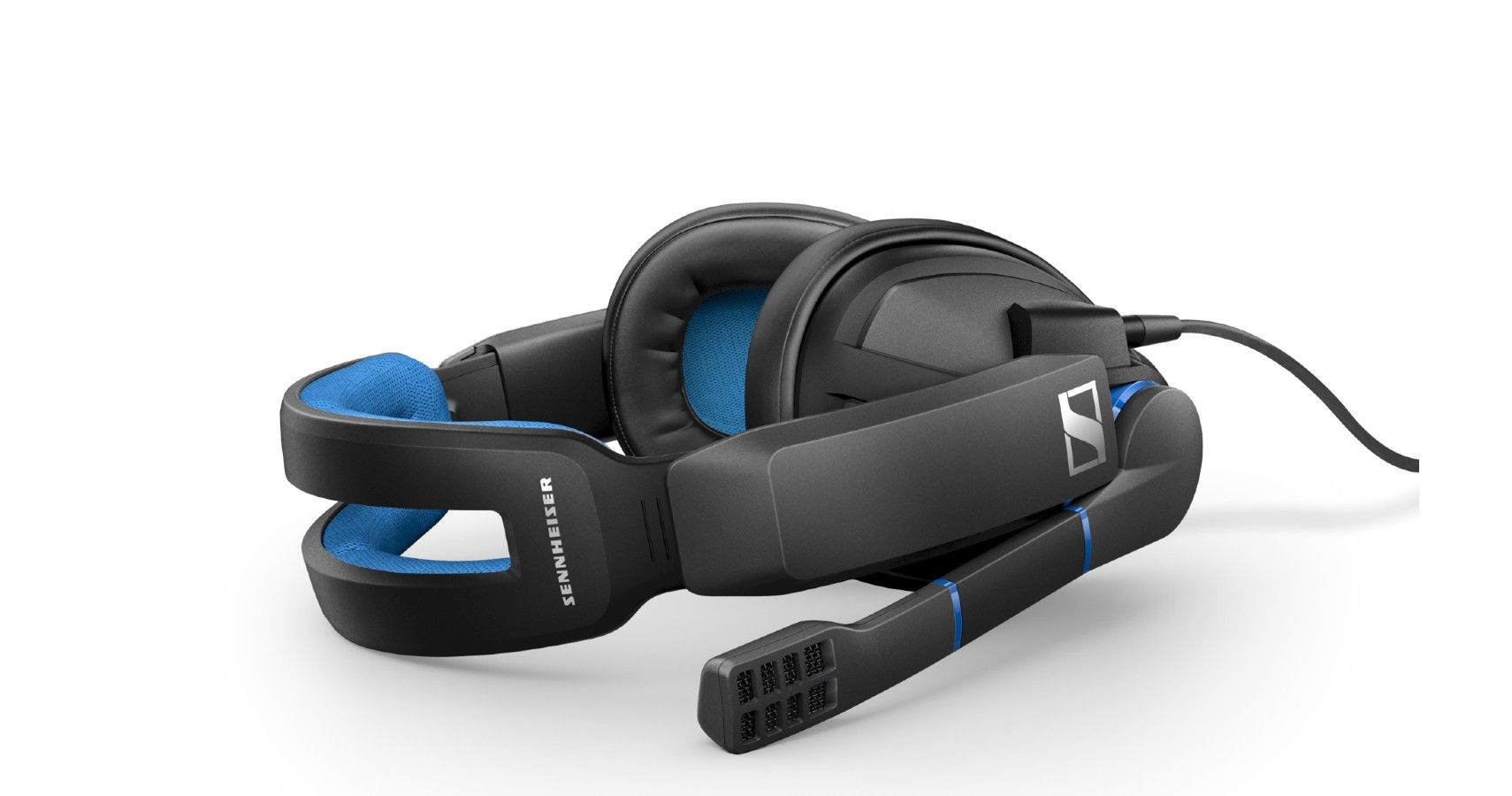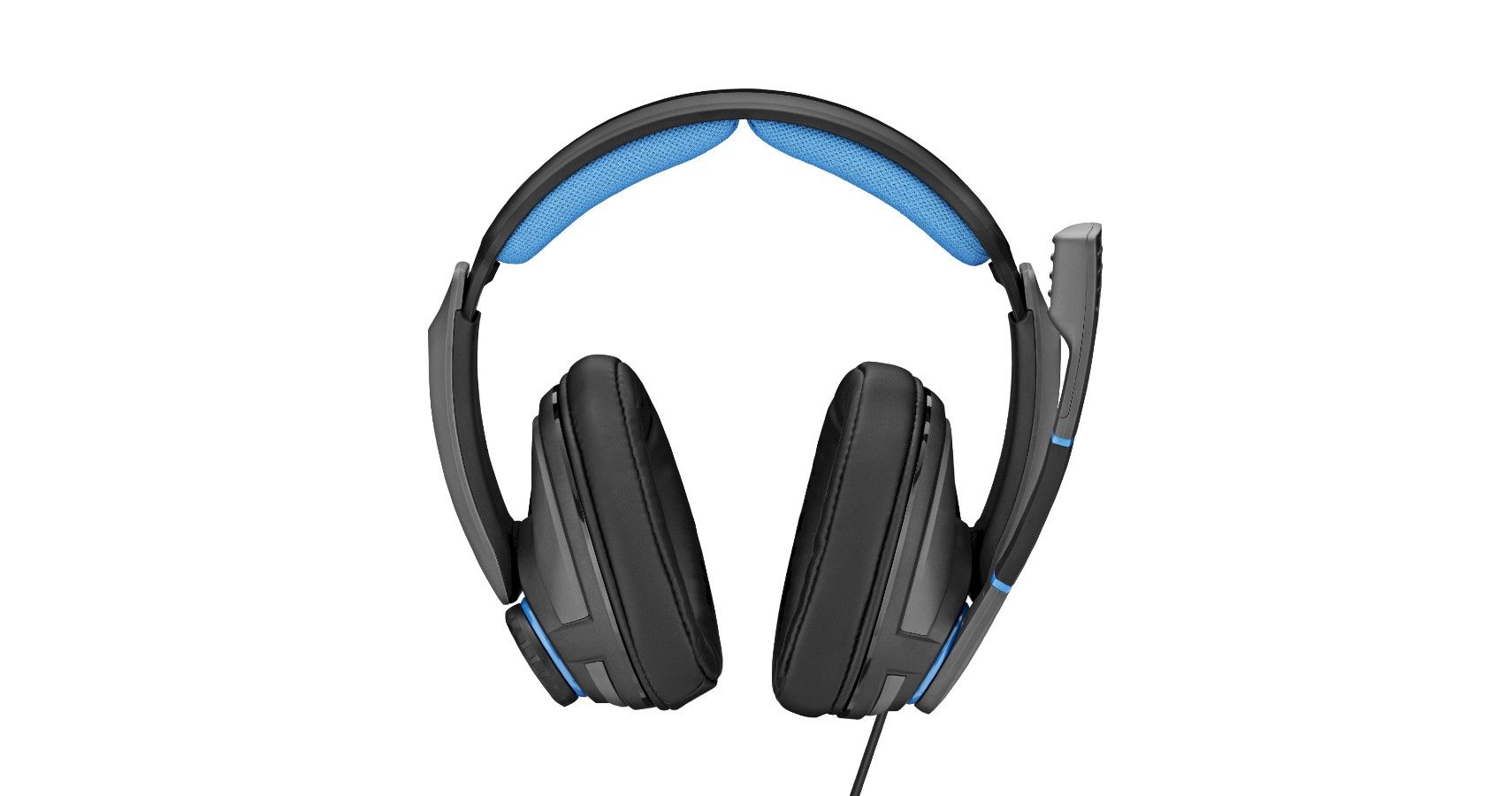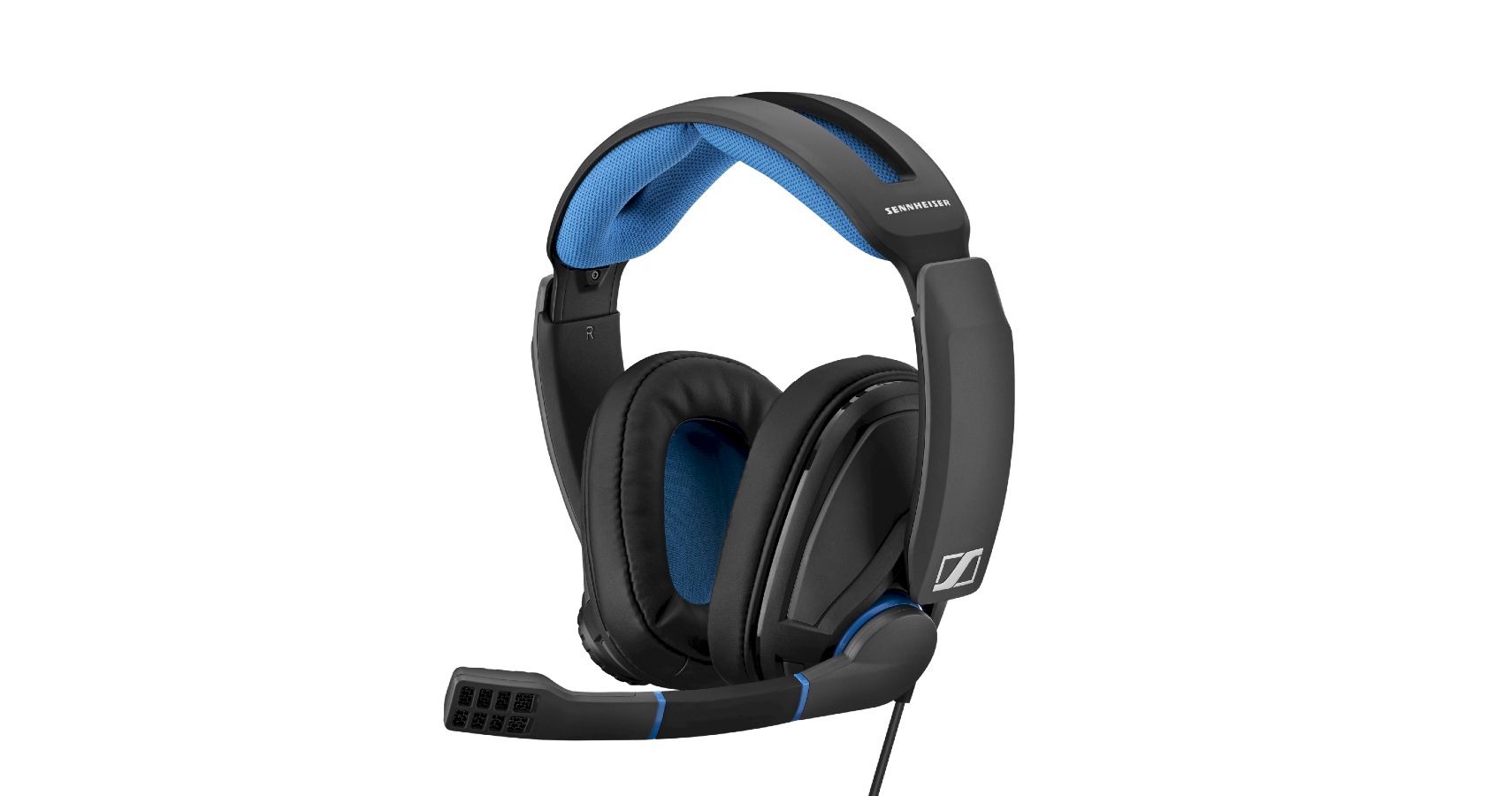Access to quality sound in gaming has evolved dramatically in recent years. In the early 2000s, finding players with decent microphone input was exceedingly rare. In-game voice chat seemed unique to clans with their own Teamspeak or Ventrilo servers that could run in the background. Fast forward to today, and now it's rare for a game to NOT have its own in-game voice capability. To obtain the best competitive advantage, and have the most immersive experience, headsets have become commonplace in the gaming industry. Unfortunately, it's still common for high-quality headsets to be prohibitively expensive, and players on a budget often have to decide between audio quality, input quality, or affordability. Fortunately, Sennheiser’s GSP 300 brings high-quality sound and audio input at a competitive price.
The Sennheiser GSP 300 came out in late 2016 and debuted at $99. While slightly on the higher end for many gamers, for those who are willing to wait for a sale, it is not uncommon to find the headset in the $60-$80 range. With Sennheiser often considered amongst the elite audio equipment producers, has this attempt at luring more frugal buyers with competitive pricing come at the cost of the quality they are known for? Further, can the GSP 300 compete with other brands well established in the same price range? The answer to the second one is a resounding yes. Frankly, Sennheiser may be the brand to beat in terms of quality and pricing.
Quality Of Sound
Wow. This was my first experience with a closed microphone system where I truly immersed myself for dozens of hours of gameplay, music, and streaming. I had always opted for open systems in the past, mainly because of the weird way my voice sounds in my head when trying to talk into a microphone on a closed system. Here, I went all in with Call of Duty: Warzone and Battlefield V. I could hear the footsteps not just left, right, up, or down, but the direction it was going and the different surfaces they were running on. Sure on my trusty open system headset, I could hear the direction footsteps were coming from, but unless I really cranked the volume, I did not obtain the same awareness and ability to discern audio details. The sound range from 15Hz to 26kHz is a true experience, and can be experienced all the way up to 113dB.
The other thing that struck me was the complete lack of hissing. Another specific move I had made in recent years was away from any headset that actually plugged in via analog cable, instead preferring the crisp clarity of a digital connection. I have had mixed success with USB and Bluetooth, lately opting for higher-end Bluetooth headsets. This also prevented me from getting up from the computer and ripping the cord out of the tower. Primarily, however, I have been avoiding headsets that plugged in, as there was always a nagging hiss, especially at extra high or low volumes. None of that. With the GSP 300, I experienced silence when the games were silent and had a far more immersive experience than I recall with my open set. Beautiful silence.
Quality of Microphone
This microphone at first challenged me. In game and on Discord, friends were saying I was a little quiet. The microphone is very flexible on the GSP 300, but it always reverts back to the placement it was engineered to be, as opposed to up close and touching my mouth like my other headsets. Then it donned on me, one thing friends weren’t saying is that they could hear the TV or kids in the background. The noise cancellation was working flawlessly. All of my settings were such that the computer was expecting my mic to be much closer to my mouth. Days into testing the headset, I adjusted my settings, and my voice input is crisp, clear, and without background noise.
To further test the mic, I made a YouTube video for another project I was working on. Historically, without actually using a boom mic, or at least something freestanding with a diffuser, headset microphones did not sound good when overlaid to videos, there was always a raspiness, hiss, or lower than desired volume. You can watch the video here, but in particular, pay attention to the voice overlay, it is impeccable. The microphones frequency response ranges from 10Hz to 15kHz.
Hands down, no other headset microphone in the sub-$100 range is going to have this clarity.
Comfort and Design
Honesty time. I headed into this review with a bit of skepticism on a few of the design aspects. So much plastic and leather-ish material? Why did it look so funny? Why doesn’t the cable or mic detach? In the unboxing video, you can hear my concern with what I deemed the funky design. I was wrong. (Note: the audio in this video was only my cell phone obviously, as I was unboxing the headset.)
The design lab at Sennheiser did a remarkable job here and everything is engineered to work flawlessly. No creaks, no squeaking when I adjust settings, mic, or the volume knob. Despite being a closed system, the headset is very comfortable when on, despite summertime heat. No issues with ears getting hot. Everything that is supposed to touch me has memory foam and not the bargain bin kind, but the somehow stays cool while sculpting to my skin kind. Even the perceived concern I had with the non-detachable cord or mic was alleviated. At 2m long, I’ve stood up from the computer numerous times and had ample time to realize I was still connected before being jolted back to the PC. The mic cleverly can be simply popped up, which serves a dual purpose to get it out of your way, but also automatically mutes. Still hung up on the lack of detachability? The GSP 350 has you covered, it is near-identical, but the cord and microphone are detachable.
Criticisms
All I can come up with as far as criticism here is feedback on closed system vs. open system microphone talking, which has more to do with me than the headset. I realized as I was testing the mic, I was also talking quieter as well as the mic being further from my mouth. When I pulled one earpiece of an ear and repeated the tests, I got closer to my desired volume as I could hear my own voice, less loudly. After a few days of heavy usage, I got used to the weird sound of my own voice with both earpieces on, and it was a small price to pay for being able to actually experience the sound designed to be experienced in games.
I enthusiastically recommend this headset to all gamers, regardless of whether they prefer open or closed systems. At $99, it performs at a level comparable to other headsets that cost double. At $69, it is absurdly positioned as both the superior product in terms of quality, but also the cheapest option with similar features. Even if you’re not in the market for a new headset, grabbing this while on sale and stashing until your current headset wears out would be completely worthwhile.
The Sennheiser GSP 300 can be purchased directly from EPOS | Sennheiser at this link, on sale for $69 until June 2020, or directly from Amazon here.
Sennheiser has provided TheGamer with a GSP 300 for this review.




